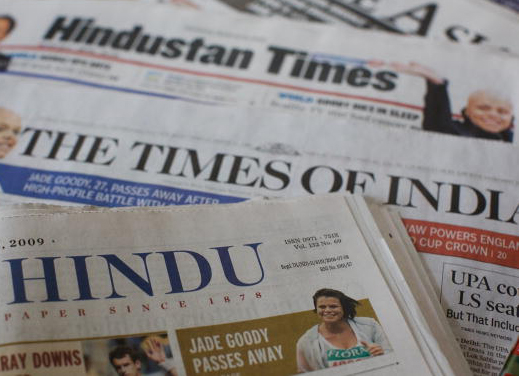
India's lack of infrastructure, transport deter Thai tourists, says envoy
Soonthorn Chaiyindeepum deputy head of mission Royal Thai Embassy in India said Thailand - India relations are building up in the post-cold war era and Thailand as a member of Asean is looking towards India for strengthening friendship bonds between two countries.
"Thais are more interested and keen to visit India to have a first-hand experience of India's history and culture, especially in the wake of India being Buddha's native land, but improper infrastructure and transport facilities is holding back Thais from visiting India in large numbers," he revealed, adding that on an average 90,000 Thais visited India, of them half being Buddhist pilgrims.
"My gut feeling is India should initiate various measures and build infrastructure and create best transport facilities to attract more tourists from all over the world in general and Thailand in particular," he pointed out suggesting Mysore university to take up various tourism courses with Mysore being a heritage city. Universtiy vice-chancellor Rangappa said he is serious to start various programmes related to tourism. "Though we have a PG course in tourism, it has failed to attract students, now is the time with the help of Chulalongkorn University we will take up various courses which can boost the country's tourism".
"We will make these courses more attractive and job oriented," he added..
(Source: Times of India)
India could emerge as largest apparel sourcing centre in five years
India could emerge as the largest hub for sourcing of apparel and knitwear garments in the next five years, a top official of Apparel Export Promotion Council has said. With China showing more interest in engineering and IT sector and Bangladesh being looked at as a non-compliant country, global players, both in traditional and non-traditional markets are eyeing India's potential for outsourcing with great interest. India could emerge as the largest hub for sourcing of apparel and knitwear garments in another five years. Stating that India has been at a cost disadvantage compared to Bangladesh, Vietnam and others, he said this year was better as non-compliance issues in Bangladesh have resulted in increased orders to India. India, with its fairly high level of compliant garment export factories, has become an attractive sourcing destination and apparel exports in the first five months of this fiscal has shown a 14 per cent increase in Dollar terms, he said. On availability of raw materials, like cotton yarn to meet the huge increasing requirements, there were no problem on that front though fluctuation in yarn price was a cause of concern.
(Source: Economic Times)
Volatility raises stress on gold loan books of banks
Volatility in gold prices has bankers worried. The rise or fall in prices has complicated the loan-to-value (LTV) ratio calculations and bankers aren’t ruling out slippages in gold loan portfolios in case of a sharp correction in prices. Bankers, however, claim the scope for large-scale delinquencies is limited. Banks are asking borrowers to either repay a part of the loan or provide additional collateral when gold prices fall. Lenders have also started conducting regular auctions of pledged gold jewellery. Banks worried about price fluctuations have started lowering LTV ratios on gold loans. This is likely to cap the growth in banks’ gold loan portfolios this financial year. Analysts estimate the gold loan LTV ratio for banks stands at about 70%, If gold prices fall sharply, value of pledged jewellery falls and credit risks rise. In most cases, borrowers make a part-payment when an auction notice is sent. Banks worried about price fluctuations lowering LTV ratios on gold loans.
(Source; Business Standard)
Sluggish economy, tight credit take toll on small firms
India's prolonged economic slide has affected many companies in India, but small and medium-sized firms have been hit the most because of their more limited access to finance. Ratings agencies say the debt situation is the worst in a decade, which explains why banks are cautious about lending. That could lead to rising defaults and bankruptcies among small and medium-sized companies, which support a considerable part of the economy - about 45 percent of manufacturing and 40 percent of exports. Ratings agency Fitch expects non-performing loans at Indian banks to be as high as 4.5 percent in the fiscal year to March 2014, a nine-year high. Those that can get credit are forced to pay more as interest rates rise, with the Reserve Bank of India's unexpected rate hike on September 20 making credit even costlier. Earlier central bank measures to defend the rupee by tightening market liquidity had already pushed up the cost of short-term funds.
(Source: Financial Express)
Economic Section
Royal Thai Embassy















